Hello, dear readers! I’m sorry for the lack of posts lately, life has just been kind of hectic. A few weeks ago I went to a comic convention and had grand plans to wear a kimono. Unfortunately, as I was getting ready in the morning I stepped on a metal belt buckle and the hook that holds it closed embedded itself into the bottom of my foot. I’ve been limping around since then in a state of abject misery. Thankfully, it is getting better! I am also going on vacation in a week, so I’ve been trying to hop around getting everything ready for that. Crossing my fingers that my foot will be healed by then!
To fill the lull, I thought I’d share a couple of older fall coordinations I put together a while back. The weather is getting cooler here and the trees are starting to turn, so it seems like a good time for these motifs 🙂
Green komon with swirling water and kiku

Buttery soft sage-green silk with dusty brick-coloured kiku. I really love this kimono, and looking at it here I wonder why I’ve never worn it out. I found this outfit very boring when I first put it on, but in retrospect I think it’s a really nice subdued combination.
If this outfit doesn’t scream “fall”, I don’t know what does. The kimono is wool, which even feels appropriate texturally. It’s a warm red colour with woven lines in brown, mustardy-yellow, and a few in green and a pale icy blue to balance it out. The obi has a motif of changing maple leaves, which emphasizes the season further.
Hopefully when I get back from my trip my life will settle down a bit and I’ll have more time to dress up and more shinies to share with you all!











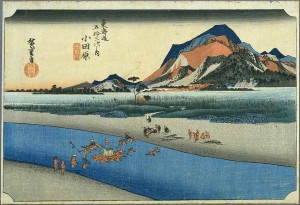

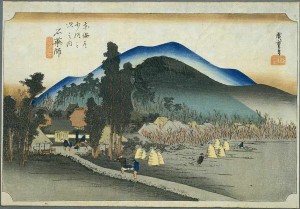

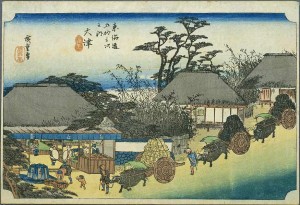

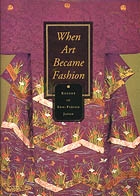
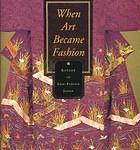
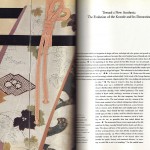

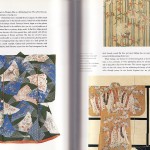
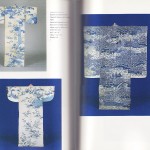















 Bebe Taian
Bebe Taian CHOKO Blog
CHOKO Blog Gion Kobu
Gion Kobu